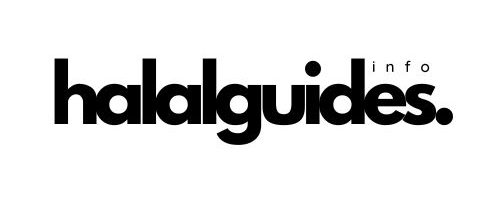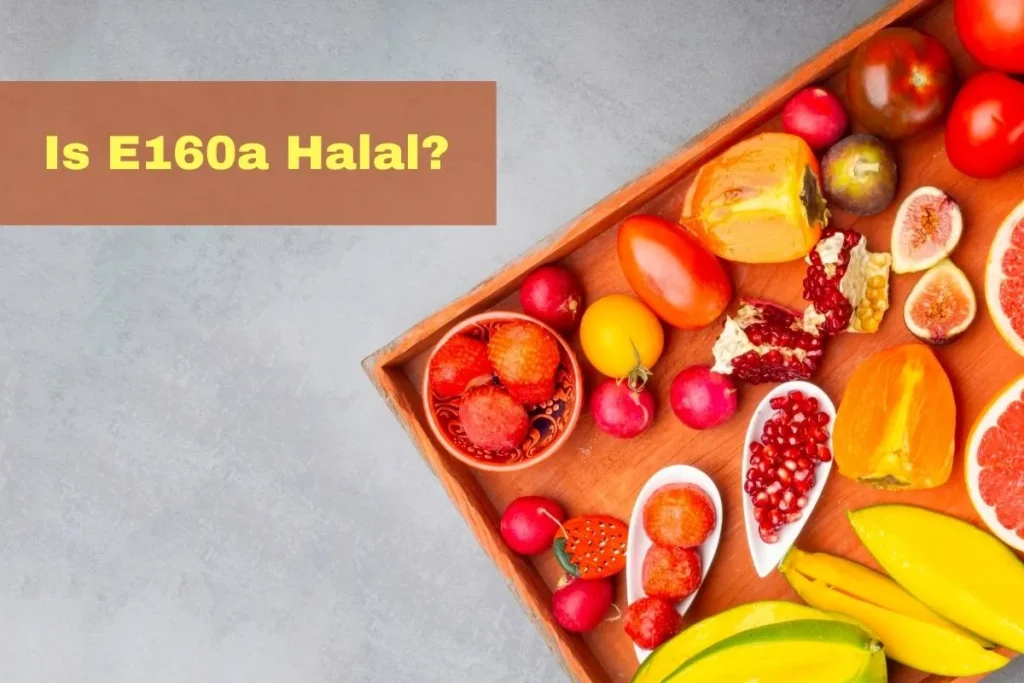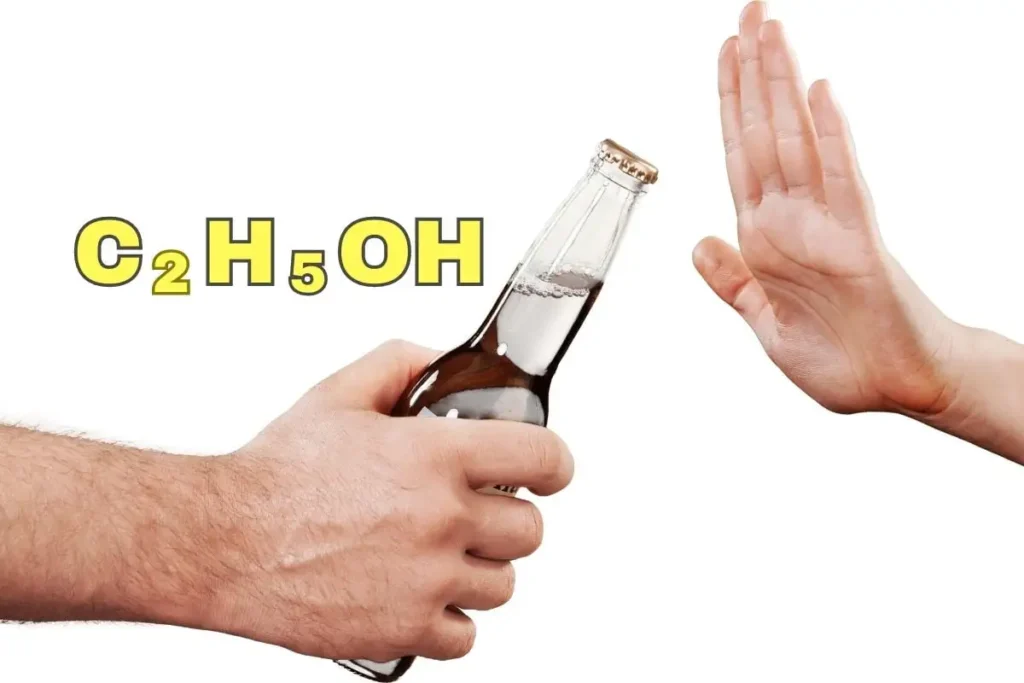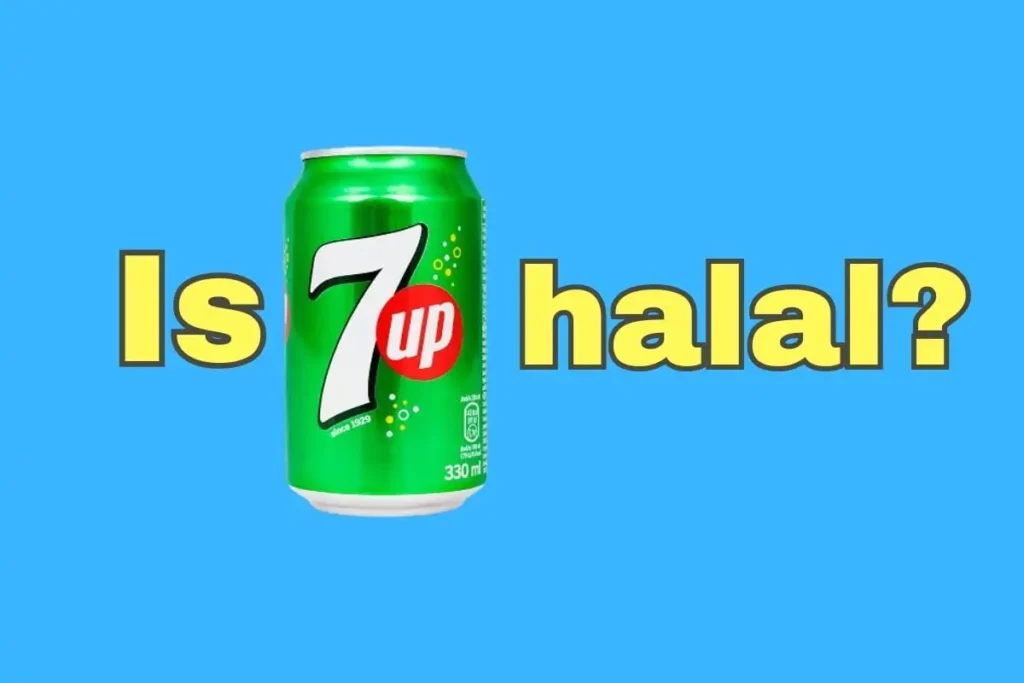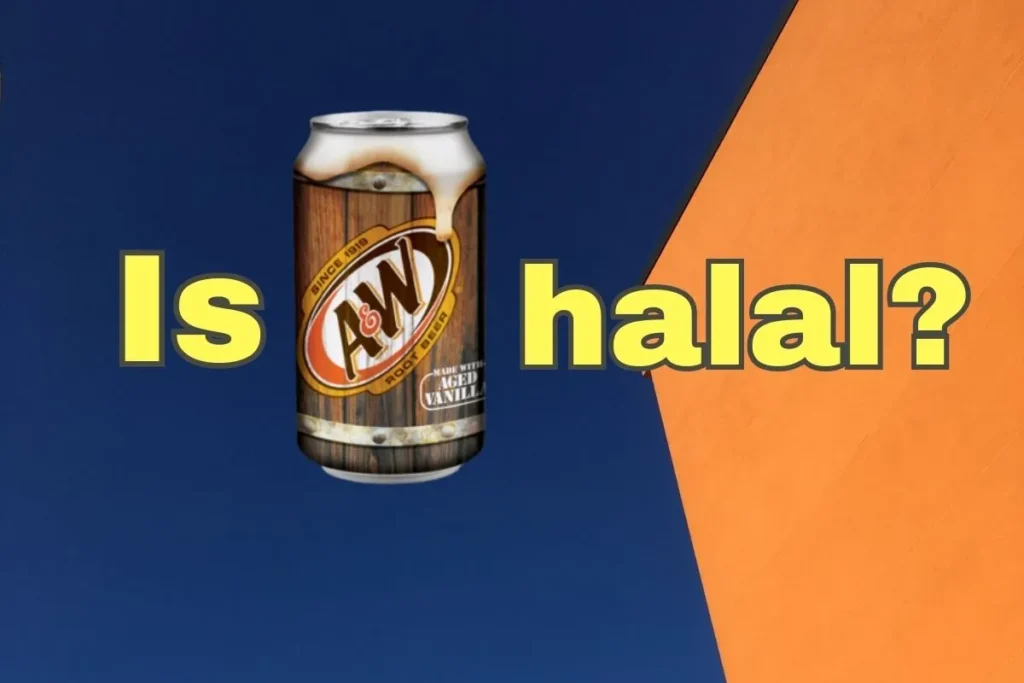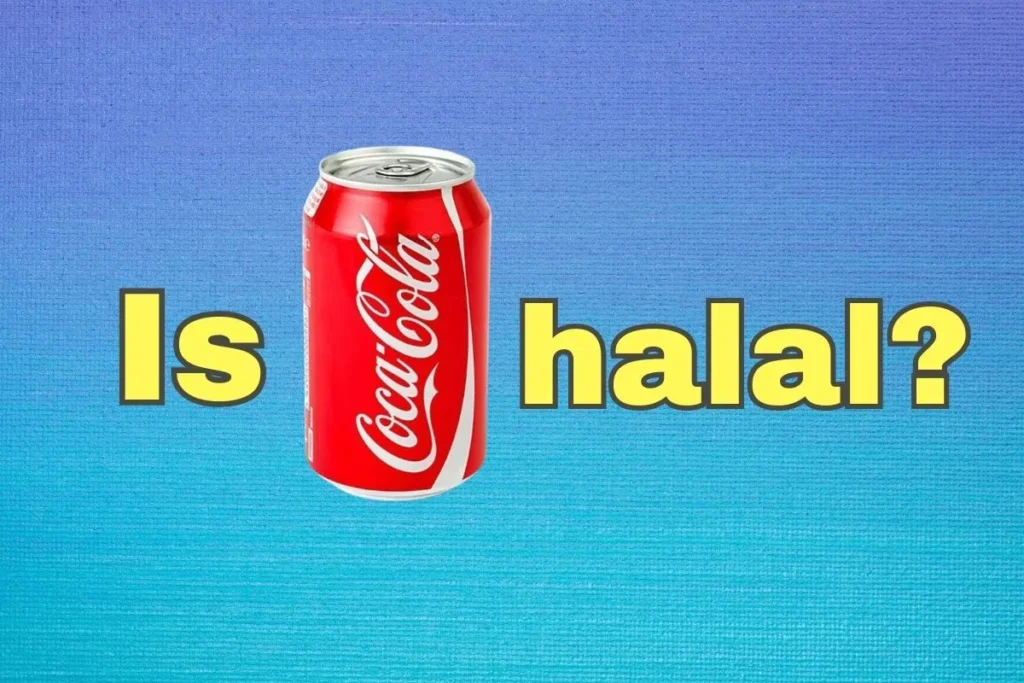When it comes to our food, we’re becoming more conscious about what we consume. The term “E160a” might sound like a mysterious code, but it’s actually quite common in the world of food additives.
You’ve probably encountered it in various food products, and that leaves you with one burning question: Is E160a Halal? Let’s embark on a journey to explore the ins and outs of E160a, its origins, potential side effects, regulations, and, most importantly, its Halal status.
Key Takeaways
| 📌 E160a, also known as carotenes, is a group of natural pigments responsible for the red, orange, and yellow colors in various foods. |
| 📌 These pigments are derived from natural sources such as carrots, sweet potatoes, paprika, and pumpkins. |
| 📌 The Halal status of E160a depends on its source and processing methods. Carotene itself is inherently considered Halal, but commercial status may vary based on factors like the matrix used. |
What is E160a?
E160a, also known as carotenes, is a group of naturally occurring pigments that give vibrant colors to various foods. These pigments are primarily responsible for the red, orange, and yellow hues you see in your favorite snacks, beverages, and dishes.
But don’t be fooled by their dazzling appearance; E160a is far more than just a pretty face. These pigments have essential roles, not only in enhancing the visual appeal of food but also in providing health benefits.
They belong to a class of compounds known as carotenoids, which are typically found in fruits and vegetables. Now, let’s delve deeper into the world of E160a, from its chemical structure to its source.
Chemical Structure
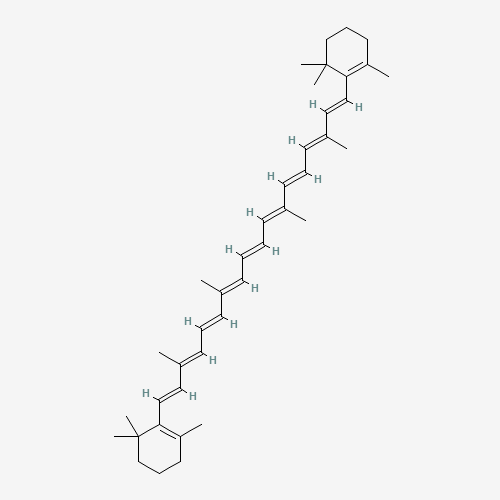
E160a is a collective term for various carotenoids, each with a slightly different chemical structure. These pigments are primarily derived from plants, with the most common sources being carrots, sweet potatoes, and other vegetables.
The chemical structure of E160a is what provides the vivid colors that make food look so appealing. These pigments are not only responsible for the warm orange glow of your favorite cheese puffs but also play a crucial role in the nutritional content of many foods.
What Is E160a Made From?
Now, you may be wondering, “What exactly is E160a made from?” E160a is typically extracted from fruits and vegetables containing carotenoids, with the most prominent sources being:
- Carrots: Carrots are a rich source of beta-carotene, a carotenoid that gives E160a its vibrant orange hue.
- Sweet Potatoes: These root vegetables also contain significant amounts of beta-carotene and are used in the production of E160a.
- PaprikPaprika is another common source of carotenoids, contributing to the red and orange shades in E160a.
- Pumpkins: Pumpkin extracts are utilized to create E160a, adding their distinctive orange tones.
These natural sources are processed to extract carotenoids, which are then used as food colorants in various products.
Possible Side Effects
Naturally, the thought of consuming a food additive may raise concerns about potential side effects. However, E160a is generally recognized as safe when used within specified limits. These pigments are not known to cause adverse effects when consumed in the typical amounts found in food products.
E160a is primarily used as a food coloring, and it is not associated with the adverse reactions that synthetic food colorants may sometimes trigger. The safety of E160a has been evaluated by food safety authorities worldwide, and it is considered a low-risk food additive.
Regulations and Guidelines
E160a continues to be approved for use in food products in many countries. However, regulations can change over time, so it’s crucial to consult your local food safety authority or regulatory body for the latest updates regarding E160a’s use in your region.
For up-to-date information, you can refer to the official website of the Food and Drug Administration (FDA) or your country’s equivalent authority.
Dosage and Administration
Update (October 2023): The dosage and administration guidelines for E160a have not significantly changed. E160a is typically used in minute quantities as a food coloring agent. Food manufacturers adhere to strict regulations governing the use of food additives, ensuring that E160a is only added in safe and approved amounts to products.
These regulations are enforced by various food safety authorities globally, such as the European Food Safety Authority (EFSA) in Europe and the Food Standards Australia New Zealand (FSANZ) in the Asia-Pacific region.
Is E160a Halal or Haram?
The crux of the matter is whether E160a is Halal or Haram (permissible or forbidden) according to Islamic dietary laws. This is a significant concern for those who follow Halal dietary restrictions. The Halal status of E160a depends on its source and the methods used in its extraction.
While Carotene is inherently considered Halal, its commercial status can be syubhat (doubtful) due to a couple of factors. Firstly, most Carotene is found within a matrix, and secondly, Carotene is susceptible to oxidation, which can affect its Halal status. Therefore, the permissibility of Carotene also depends on the Halal status of the matrix used, and one such matrix option is gelatin.
Find out more:
Is E155 Halal or Haram?
Is E160b Halal or Haram?
Final Words
In conclusion, E160a, the natural food coloring additive, is generally considered safe for consumption when used in accordance with established regulations. For individuals following Halal dietary guidelines, E160a can be Halal if sourced and processed correctly.
As with any food additive, it’s crucial to stay informed about the latest regulations and guidelines, which may change over time. Remember to consult your local food safety authority for the most up-to-date information regarding E160a.
Allahu A’lam (Allah Knows Best)
FAQ
What is the CAS number of E160a?
The CAS number for E160a or Beta-Carotene is 7235-40-7.
Is E160a safe for consumption?
Yes, E160a is generally recognized as safe for consumption when used within specified limits. It is primarily sourced from natural ingredients and is not known to cause adverse effects when consumed in the typical amounts found in food products.
What are some common food products that contain E160a?
E160a is a versatile food coloring agent, and it can be found in a wide range of products. Some common food items that may contain Halal E160a include:
| Food Product | E160a Content |
|---|---|
| Snack Foods | Cheese puffs, potato chips, and flavored snacks |
| Beverages | Fruit juices, soft drinks, and energy drinks |
| Confectionery | Gummies, candies, and colorful sweets |
| Dairy Products | Flavored yogurt, ice cream, and custards |
| Bakery Goods | Breads, cakes, and pastries with vibrant colors |
Is E160a banned in any country?
As of the latest available information, E160a is not banned in any country. It is approved for use in food products by regulatory authorities in many nations. However, regulations can change over time, so it’s essential to stay updated with the latest information regarding E160a’s status in your specific region.
- Is Pop Tarts Halal? What You Need to Know - February 18, 2024
- Are Graham Crackers Halal in Islam? - January 19, 2024
- Is Keebler Wheatables Halal? - January 18, 2024
